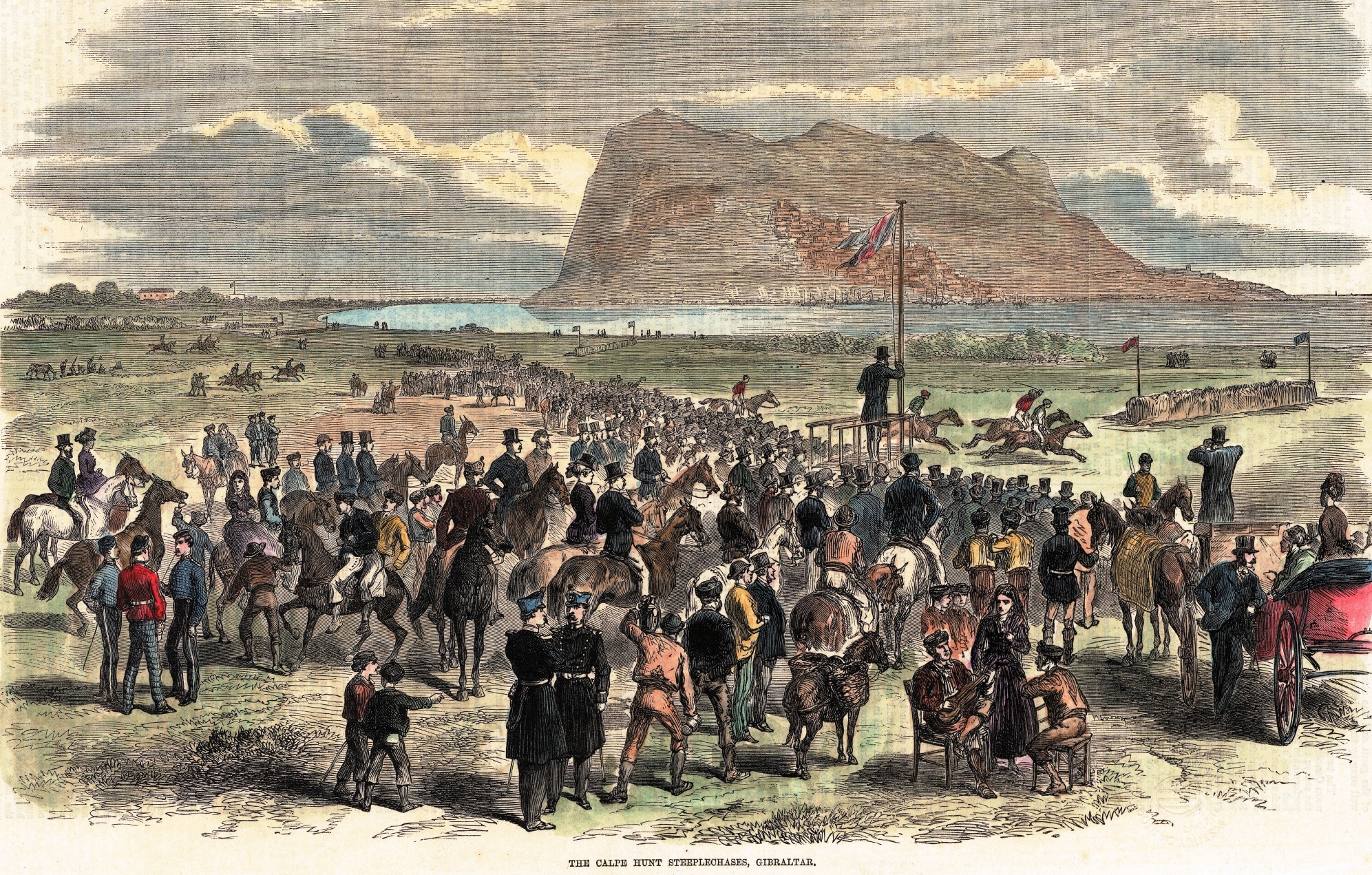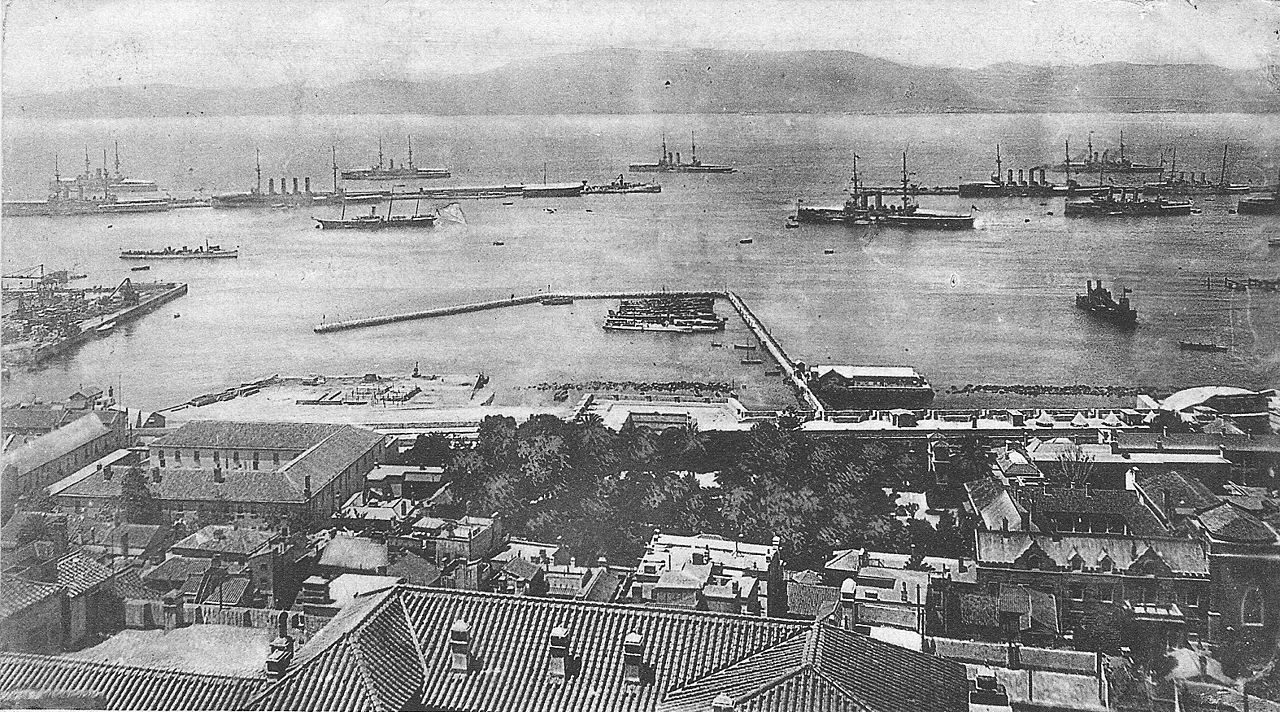Gibraltar and La Línea: a cross-border community in oral memory
Gibraltar and La Línea, in El Campo de Gibraltar region in Cádiz, form a community whose inhabitants share resources, history, relationships and also worries about their future.
The region includes six other towns: San Roque, Algeciras, Los Barrios, Castellar de la Frontera, Jimena de la Frontera and Tarifa. The bio-geography of the area offers very good possibilities for settlement and has allowed secular exchange between different cultures. High rainfall and mild average temperatures mean several flowerings and harvests a year, and the region is home to two natural parks. But the social and economic data indicate underdevelopment.
Since the beginning of the 18th century, political-military interests have greatly conditioned life in the region. In 1713 Spain signed the treaty of transfer of Gibraltar to Great Britain. The development of industries in the colony of Gibraltar was based on the needs of the ever-forgotten city of La Línea. Thus, inequalities in the cross-border community involve mutual dependence of both populations.
This temporary Exhibition presents Gibraltar and La Línea as a cross-border community through oral memory. The life stories of elderly people born in the first half of the 20th century were gathered together in 2010 for the Project Mirar al pasado para explicar el presente (Looking at the past to explain the present), and offer invaluable aid for understanding daily life in the region and with regard to the community of Gibraltar. The book Camino de Gibraltar; dependencia y sustento en La Línea y Gibraltar (Road to Gibraltar, dependence and livelihood in La Línea and Gibraltar) presents the findings of this research. The recollections of those taking part reveal relationships of friendship and neighbourliness, work, leisure, consumption and habitation which cross over the border. These bonds were particularly strong until the 1960s, and although they weakened following the closure of the border in 1969, they still remain.
Beatriz Díaz Martínez is a graduate in Biological Sciences from Universidad Autónoma de Madrid and specialises in Environmental Biology. She works as a freelance researcher and writer. She has ample experience in researching Oral Memory through interactive group workshops and in-depth life histories, specialising in daily life and survival mechanisms: support networks, informal learning, repression and criminalisation, and immigration. On this community, by the author: The Campo de Gibraltar Cross-Border Community in Linense´s Memory. In: Barrier and Bridge. Spanish and Gibraltarian Perspectives on Their Border, Edited by Andrew Canessa. Brighton; Portland: Sussex Academic Press. Series: The Canada Blanch Centre for Contemporary Spanish Studies. Chapter Five (126-149), 2018.
Among her works we highlight the audio-visual archive of life stories from the Basque country Herri Memoria (2014-2016), funded by the Department of Human Rights and Co-existence of the Basque Government; her research together with Belén Solé for the Asociación Elkasko de Investigación Histórica Mujeres y memoria de la represión franquista en el Gran Bilbao (Women and the memory of Franco’s repression in Greater Bilbao) (2014); and her freelance research Maestros de Campo y Escuelas Particulares: la enseñanza no formal durante los siglos XIX y XX (Tarifa, Cádiz) (Itinerant field teachers and little private schools: non-formal education in the 19th and 20th centuries) (2012-present). Her latest books are Sumario 301 contra Milagros Ruiz López y trece más (Summary proceedings 301 against Milagros Ruiz López and thirteen others) and Las manos siempre mojadas (Hands always wet).
The Virtual Museum also includes these works by Beatriz Díaz Walls of stone and roof of bulrushes, Urbanisation Ecology and Stone oven: nutritional autonomy and communal living, and the Work of the month Women as guarantors of life in shacks.










































